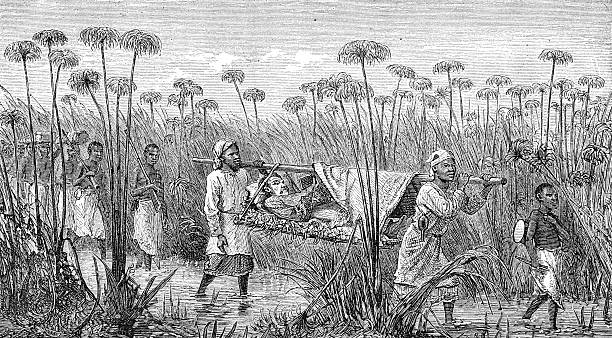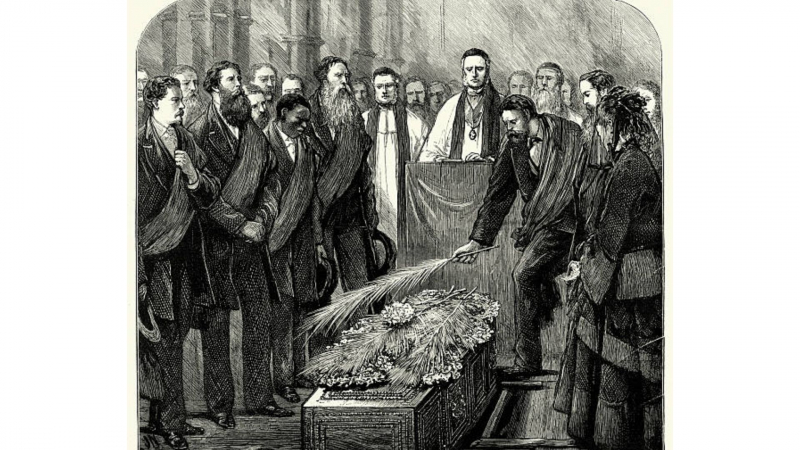He Died In The African Wilderness

The next fact about David Livingstone is that he died in the African Wilderness. Livingstone, 60, passed away from internal bleeding brought on by dysentery and malaria on May 1, 1873, in Chief Chitambo's hamlet at Chipundu, in what is now Zambia. Chuma and Susi, two of his devoted servants, led his expedition in planning burial rites. The tree, which has been alternately identified as a mvula tree or a baobab tree but is more likely to be an mpundu tree given that baobabs are found at lower elevations and in more dry locations, was where they extracted his heart and buried it. He did more than any other individual to end slavery in that region of the world, which he had studied so thoroughly, and he left a legacy of mutual respect among the native people he encountered.
The Livingstone Memorial website lists Livingstone's passing as occurring on May 4, which is the date given by Chuma and Susi. However, most sources agree that Livingstone actually passed away on May 1, the date of his last journal entry. The remainder of his remains, along with his final journal and belongings, were then transported by the expedition headed by Chuma and Susi over a distance of more than 1,600 kilometers in 63 days to the coastal town of Bagamoyo. The journey was finished by 79 followers, the men received their just wages, and Livingstone's bones were sent back to Britain by ship for burial. Before being buried at Westminster Abbey, his body was laid to rest in London at No. 1 Savile Row, which was then the Royal Geographical Society's headquarters.










